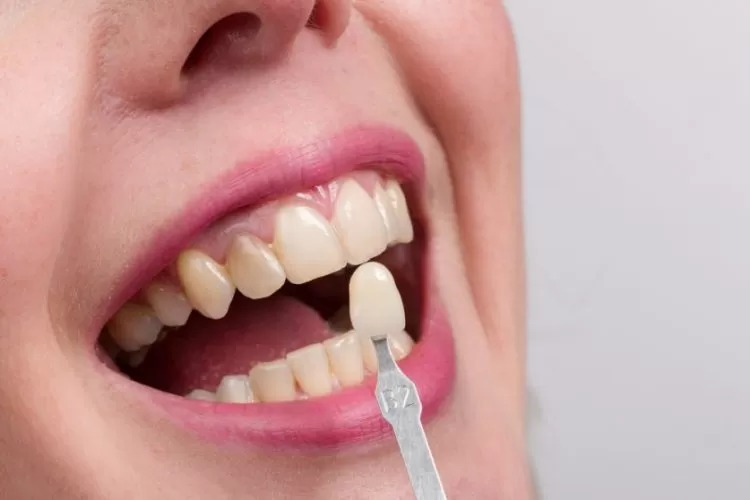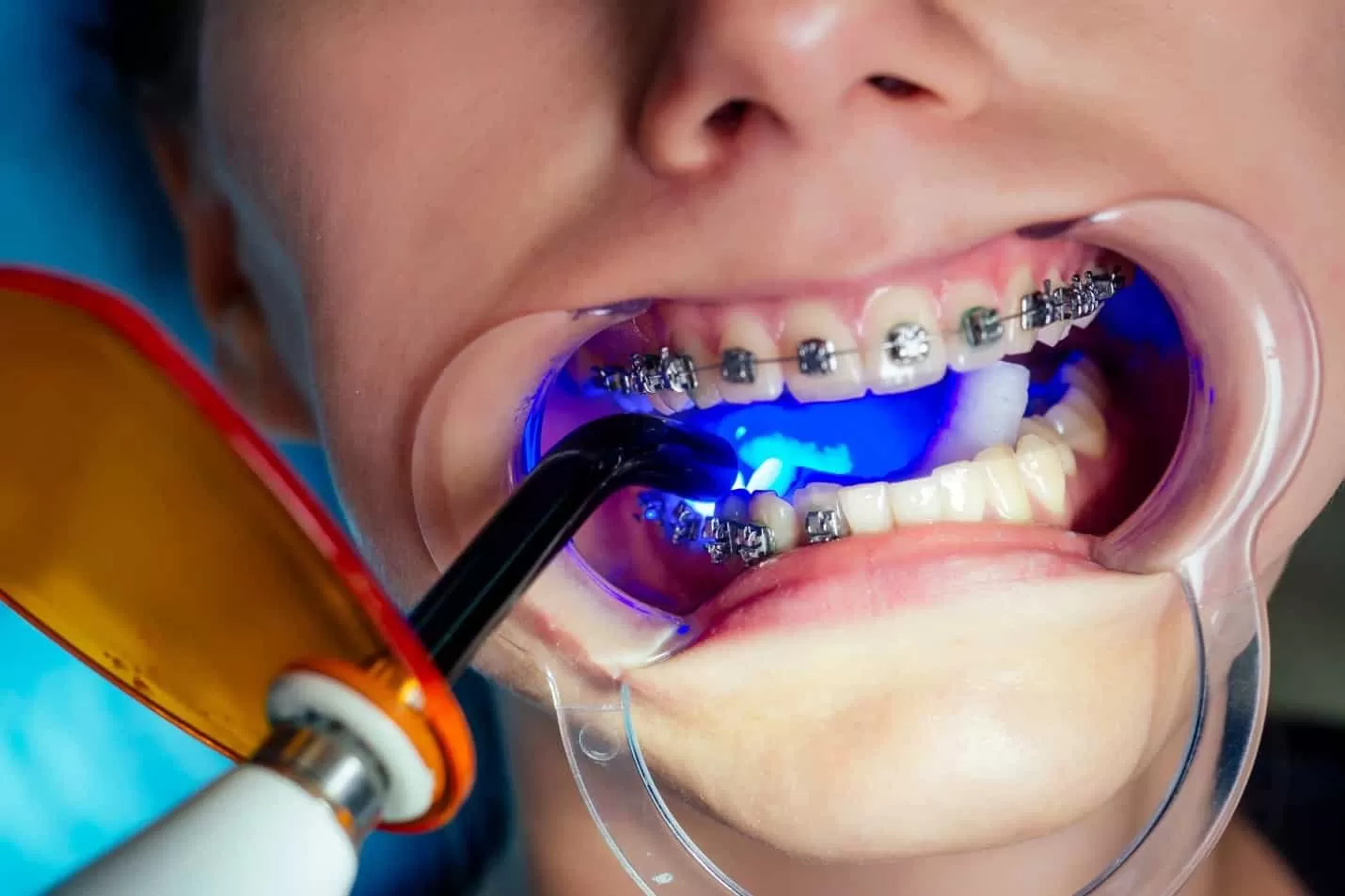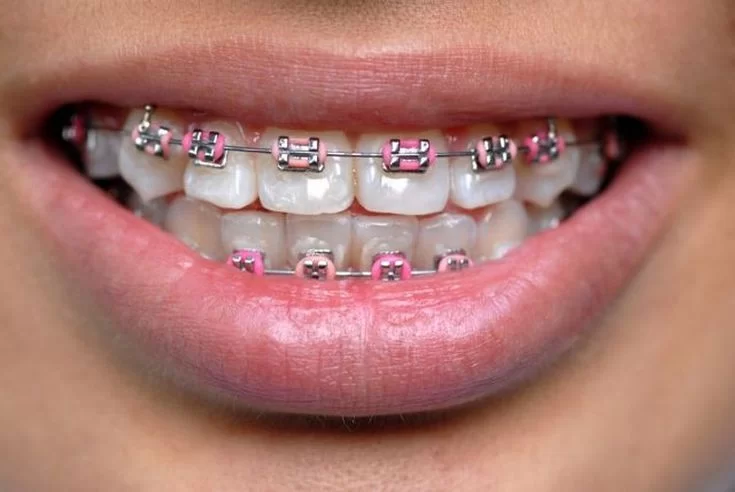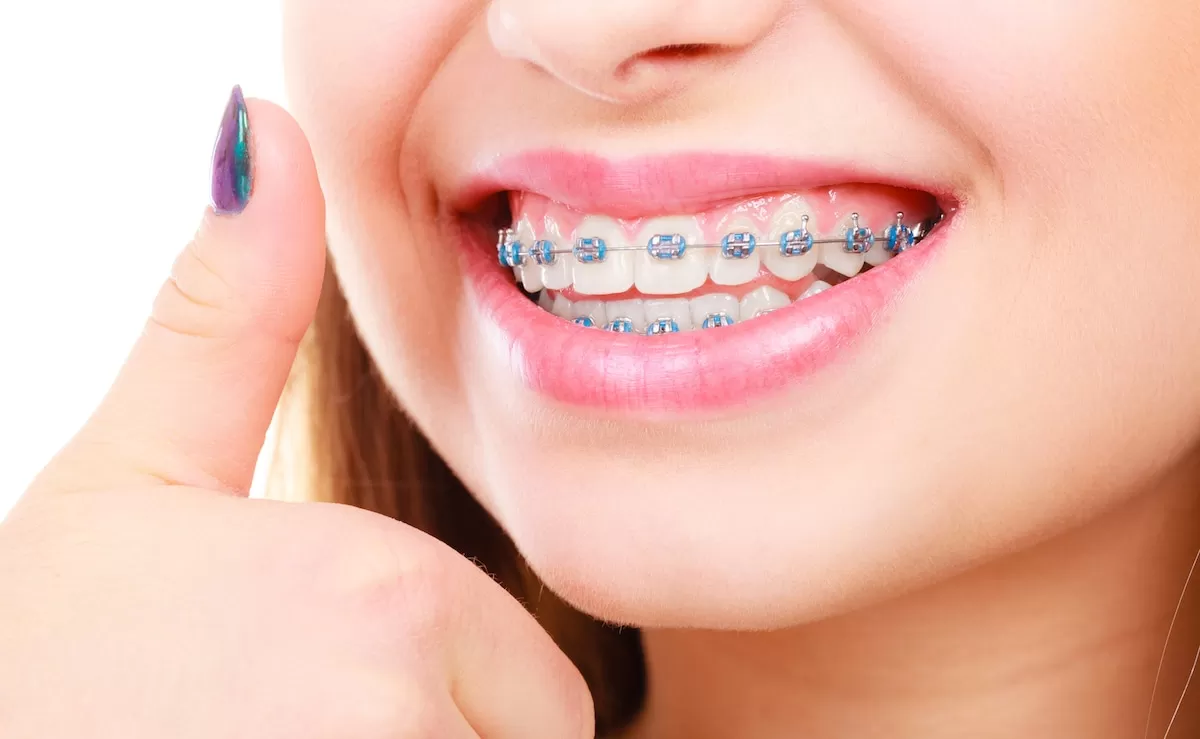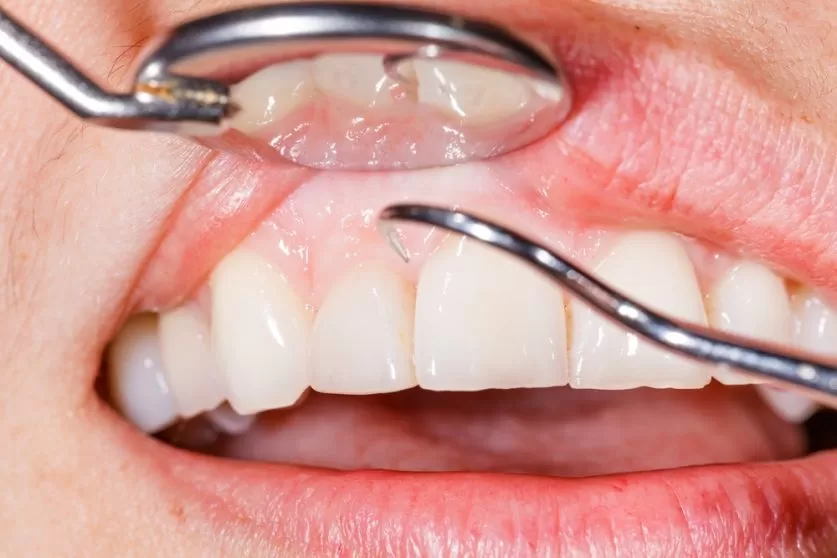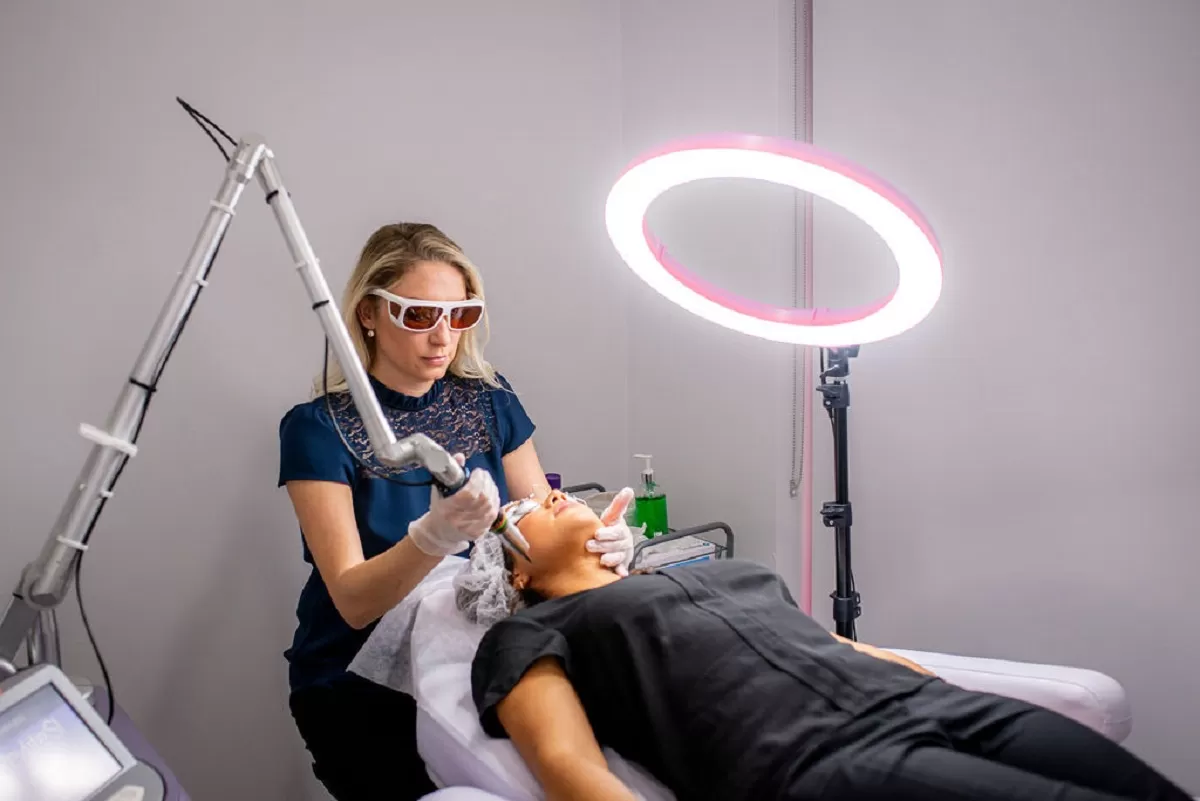Can veneers stain?
Veneers for Stained Teeth made of porcelain don’t stain as much as teeth do. That’s because porcelain is non-porous, unlike the enamel that builds up actual teeth. It implies that it doesn’t absorb foods and beverages like coffee, wine, and other commonly stain-causing ones.
Conversely, with time, composite veneers may become stained like natural teeth, consisting of resin, which is more porous than Porcelain Veneers for Stained Teeth. Composite veneers often need to be replaced after five to seven years.
Do we need to whiten our dental veneers?
You don’t need to whiten your porcelain veneers if you have them. You cannot remove stains on porcelain with whitening strips or toothpaste. Strips for at-home teeth whitening employ abrasives to remove the stained enamel outside your teeth. To remove tough stains, they also penetrate the enamel.
Composite Dental Veneers for Stained Teeth, which consist of plastic or resin, may eventually cause some patients’ teeth to turn discolored. Composite veneers are substantially more maintenance-intensive than porcelain veneers and have a much shorter lifespan. To whiten composite veneers, you’ll need the assistance of your dentist.
What is a laminate veneer for stained teeth?
Dental veneers and Laminate Veneers for Stained Teeth both serve the same purpose and offer similar advantages. Still, no need to remove the enamel with laminates, which may be healthier for your long-term oral health. Despite being better for the teeth, if they are not fitted properly, they can occasionally look bulky on the tooth since the tooth has not been filed down. Laminate Veneer is typically more expensive than their porcelain equivalent as well.
How can you prevent your veneers from staining?
Regularly Brush Your Teeth
Best Veneers for Stained Teeth require the same care as natural teeth, and you can remove surface stains, and the underlying tooth can be kept healthy by brushing and flossing. The sides and back of the tooth are left visible by veneers, which solely cover the front of the tooth. The simplest technique to stop exposed areas from deteriorating is to brush and floss your teeth twice daily.
Avoid smoking
Tobacco does not cause any staining. But smoking can lead to significant pailing of the underlying tooth, and it can lead to a patchy discoloration of your teeth. Tobacco can also affect the integrity of the bonds that holds your veneers in place. So you may need to replace them sooner than a non-smoker. In addition to improving your breath and gum health, quitting tobacco can help prevent future dental issues.
Switch to a soft-bristled toothbrush
Even while you may believe a hard bristle toothbrush is the most acceptable option for cleaning your teeth and gums, many of these brushes are overly harsh. Over time, they could even cause the gums to recede, exposing your natural teeth to decay and darkening them. Instead, stick to a toothbrush with soft bristles. Soft bristles effectively clean your teeth without running the danger of damaging your veneers or gums.
Conclusion
We hope the above-provided information gives you valuable insight into dental veneers. The above article highlights some critical aspects regarding dental veneers. For further information, please visit dentistveneershouston.com.


